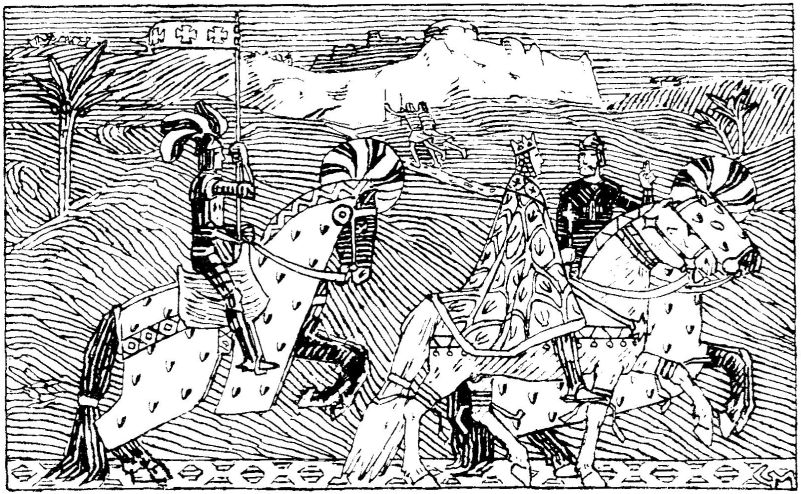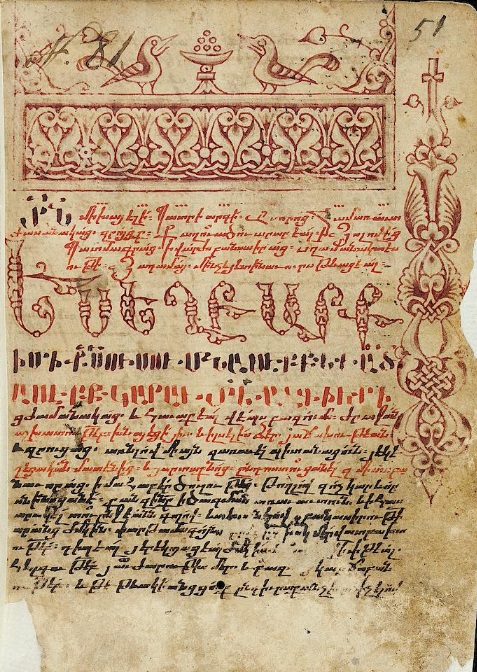"(...) There seems to have been a concerted effort in Scandinavia from the beginning of the twelth century to turn the wilderness in the North into a new Jerusalem. As in many other western European countries at the same time, round churches were built in imitation of the Holy Sepulchre in Jerusalem, and relics were brought in huge quantities from the Holy Land to Scandinavia, not least the Holy Cross.





%2C_f.42v_-_BL_Royal_MS_20_C_VII.jpg/684px-Arrest_of_the_Templars_-_Chroniques_de_France_ou_de_St._Denis_(end_14th_C)%2C_f.42v_-_BL_Royal_MS_20_C_VII.jpg)